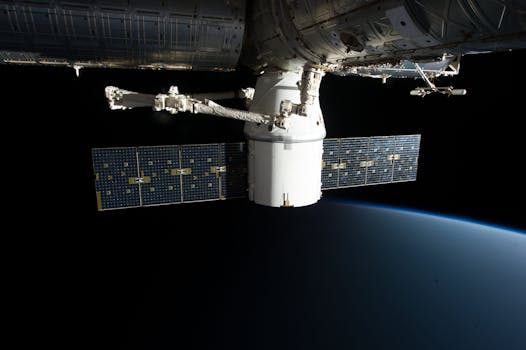The New Frontier: Exploring the Latest Trends in Satellite Communication

The New Frontier: Exploring the Latest Trends in Satellite Communication
Satellite communication is the new frontier in the world of telecommunications. With the increasing demand for global connectivity, satellite communication is playing a vital role in bridging the gap between different parts of the world. The latest trends in satellite communication are revolutionizing the way we connect and communicate. With advancements in space technology, satellite communication is becoming more efficient, cost-effective, and accessible.
One of the latest trends in satellite communication is the use of Low Earth Orbit (LEO) satellites. LEO satellites are orbiting the Earth at an altitude of around 160 to 2,000 kilometers, which is much lower than the traditional Geostationary Orbit (GEO) satellites. This lower altitude reduces the latency and increases the speed of data transmission, making it ideal for real-time communication applications such as video conferencing and online gaming.
Advancements in Space Technology
Another trend in satellite communication is the use of High-Throughput Satellites (HTS). HTS are designed to provide high-speed data transmission rates, making them ideal for applications such as broadband internet access and cellular backhaul. The use of HTS is also enabling the development of new services such as satellite-based 5G networks.
The increasing use of small satellites is also a significant trend in satellite communication. Small satellites, also known as CubeSats, are miniaturized satellites that are smaller, lighter, and less expensive than traditional satellites. They are being used for a variety of applications, including Earth observation, communication, and navigation.
Applications of Satellite Communication
Satellite communication has a wide range of applications, including navigation, remote sensing, and communication. Navigation systems such as GPS rely on satellite communication to provide location information and timing signals. Remote sensing applications such as weather forecasting and Earth observation rely on satellite communication to transmit data from satellites to ground stations.
Satellite communication is also being used for disaster response and recovery. In the event of a natural disaster, satellite communication can provide critical communication links between emergency responders and affected communities. Satellite communication can also be used to provide internet access to remote and underserved communities, bridging the digital divide and promoting economic development.
Challenges and Opportunities
Despite the many advances in satellite communication, there are still several challenges that need to be addressed. One of the major challenges is the regulatory framework governing satellite communication. The regulatory framework is complex and often fragmented, making it difficult for satellite operators to navigate.
Another challenge is the space debris problem. As the number of satellites in orbit increases, so does the amount of space debris, which can pose a significant risk to operational satellites. The development of sustainable space practices and the implementation of regulations to mitigate space debris are essential to ensure the long-term sustainability of satellite communication.





